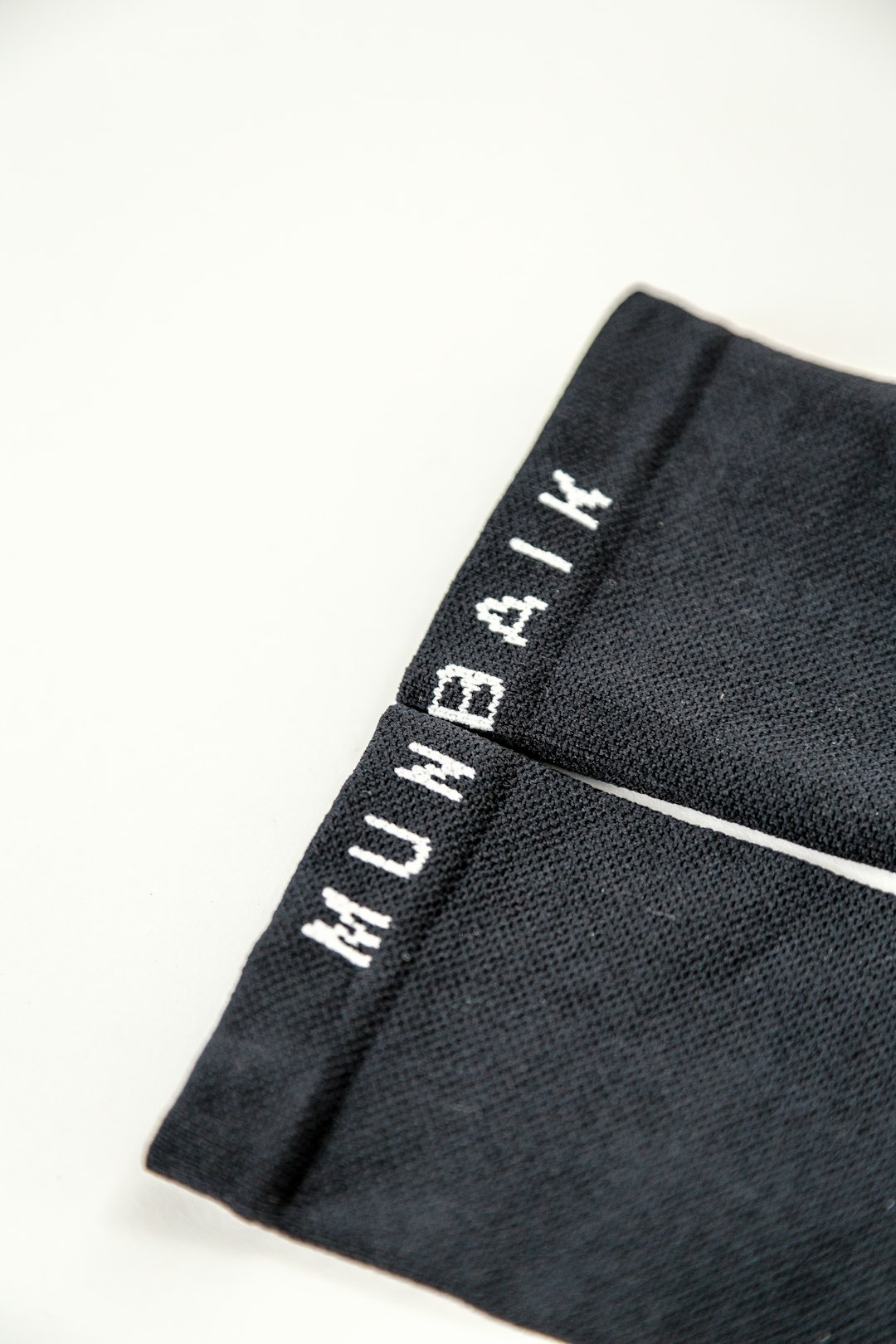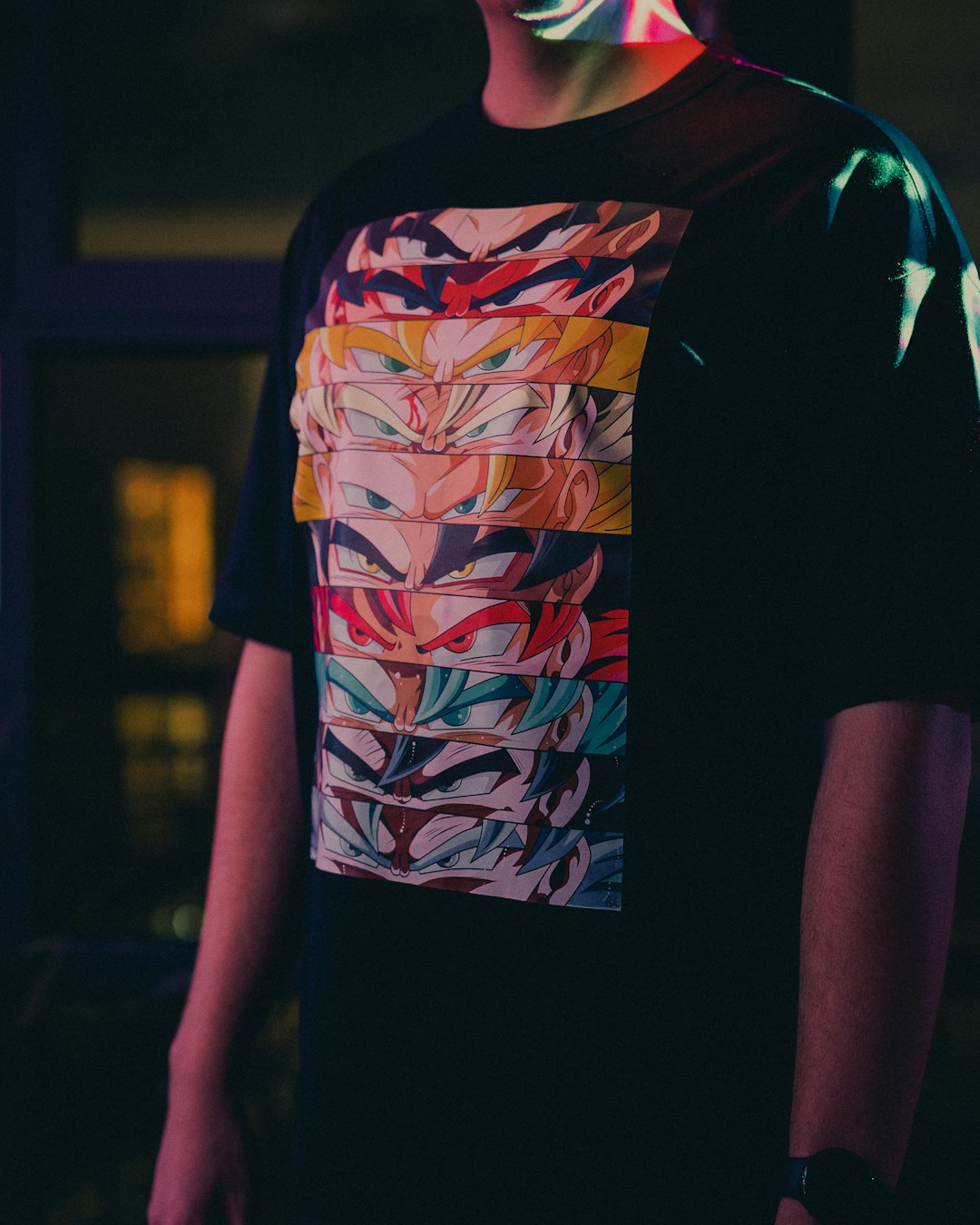Creating standout logos for print-on-demand (POD) products like t-shirts, tote bags, and hoodies is both an art and a science. In today’s competitive marketplace, where customers search for originality and messaging that speaks to them, having a well-designed logo can make or break a POD brand. Whether you’re just starting out or looking to elevate an existing catalog of apparel and accessories, understanding how logos translate from screen to fabric is crucial for success.
TL;DR
Designing logos for print-on-demand products requires attention to simplicity, scalability, and branding clarity. Good logos should be versatile enough to work on diverse items such as t-shirts, totes, and hoodies, all while staying consistent with a brand’s identity. Using the right color schemes, file formats, and printing methods can mean the difference between a forgettable design and a best-seller. Always preview your logo across different mockups before launching your POD campaign.
Why Logos Matter in Print-on-Demand
In POD businesses, the logo is more than just a branding asset—it’s often the primary graphic that sells the product. Unlike other types of merchandise, t-shirts, hoodies, and totes are wearable or usable items that people choose based on their visual appeal and personal connection. A logo can evoke identity, emotion, humor, or affiliation, turning casual browsers into customers.
Print-on-demand eliminates inventory risk, so designs can be frequently updated and tested. However, this also increases competition, making your logo’s uniqueness and clarity critical.
Core Elements of a Great POD Logo
Not all logos are created equal, especially when it comes to POD. The design needs to meet functional and aesthetic requirements to perform well on textiles and various formats.
1. Simplicity is Key
Too many details will get lost on fabric, especially when reduced in size or printed on textured materials. Clean lines, minimal text, and recognizable shapes ensure the logo remains legible and stylish.
2. High-Contrast Colors
Bright logos on dark apparel, or vice versa, grab attention. Use a limited palette—two to three main colors is usually most effective. Keep printing methods in mind; some platforms charge more for multi-color or gradient prints.
3. Scalability
Your logo needs to look just as good on a small tote bag as it does stretched across an XL hoodie. Test different sizes while designing to ensure the elements aren’t too crowded or distorted.
4. Brand Alignment
Your logo should reflect the tone, niche, or personality of your brand. Whether quirky, elegant, minimalist, or bold—consistency across your product lineup helps build brand recognition and trust.
5. Print Compatibility
Always design with the final product in mind. Complex gradients, for example, don’t always translate well onto fabric. Many POD platforms like Printful or Teespring have strict file upload requirements.

Popular Logo Styles for T-Shirts, Totes, and Hoodies
Depending on your niche and audience, certain logo styles tend to perform better across different POD items.
- Typography Logos: Excellent for quotes, brand names, or puns. Especially effective on t-shirts and totes where text is central to the message.
- Icon-Based Logos: Small graphic elements like animals, mascots, or symbols. These look great on the chest of a t-shirt or the corner of a tote bag.
- Badge Logos: Circular or shield-shaped designs that include text and imagery. Very versatile for hoodies and canvas items.
- Abstract Logos: Non-representational art that communicates mood rather than a literal idea. Can be classy and unconventional.
- Illustrative Logos: Cartoony, hand-drawn, or vintage illustrations that tell a story. These add visual interest, especially on full-sized shirt fronts.
Design Software and Tools
You don’t need to be a professional designer to create impactful logos for POD. There are several tools—both paid and free—that cater to users of all skill levels.
- Canva: Easy-to-use with a wide array of templates, fonts, and graphics. Great for beginners.
- Adobe Illustrator: Industry standard for vector graphics. Best if you want ultimate control and professionalism.
- Affinity Designer: Affordable yet powerful alternative to Illustrator for vector work.
- Procreate: Ideal for hand-drawn designs. Perfect for illustrative logos, especially when paired with an iPad.
- Placeit: Great for creating mockups to visualize your designs on real products.
Print Methods and Their Impact on Logos
The type of printing used will affect how your logo appears in real life. Familiarize yourself with print techniques offered by your POD provider.
- DTG (Direct-to-Garment): Most common in POD. Allows full-color, complex logos. Works best with flat cotton surfaces.
- Sublimation: Ideal for all-over prints. Not widely available in all POD systems for every garment type.
- Embroidery: Best for smaller logos, like those on pockets or caps. Not suitable for high-detail or photographic elements.
- Screen Printing: Used for bulk items rather than POD, but worth noting—excellent for vibrant, durable prints with limited colors.

Tips for Placing Logos on Specific Products
- T-Shirts: Center chest, top left chest, or full front/back are common placements. Avoid placing logos too low or too close to the collar.
- Tote Bags: Logos usually go in the center or bottom-right corner. Consider symmetry and how the bag will be carried.
- Hoodies: Use chest placement or oversized front designs. Sleeve prints also work well for signature branding.
File Formats and Exporting
Always export your logo in high-resolution and with a transparent background. Accepted formats vary, but here are the safest bets:
- .PNG: Most commonly used for web and POD uploads. Supports transparency.
- .SVG: Scalable vector format; great for logos that may be resized frequently without compromising quality.
- .PDF: Often accepted by POD platforms; retains vector quality and text placement.
Common Mistakes to Avoid
- Using low-resolution images—resulting in blurry prints.
- Overcomplicating the design—leading to poor fabric transfer.
- Ignorance of POD platform guidelines—can result in order issues or rejected uploads.
- Neglecting color contrast—designs that don’t visually pop on fabric.
- Forgetting about print sizing and placement—it’s not a “one-size-fits-all” process.
FAQ: Logos for POD Apparel and Accessories
- What size should my logo be for t-shirts?
- Designs should be at least 300 DPI and a minimum of 4500 x 5400 pixels for high-resolution printing on t-shirts.
- Can I use gradients and shadows?
- While many POD platforms accept designs with gradients, they may not always print accurately. It’s best to test or simplify the design.
- How do I test if my logo looks good on products?
- Use mockup generators like Placeit, Canva, or your POD provider’s built-in tools to view your design on various products and backgrounds.
- Should I create different logos for different products?
- In most cases, the same logo can be adapted for multiple products by adjusting size, color, and placement for best results.
- Do POD providers offer design help?
- Some platforms like Printify or Redbubble provide basic editing tools, but for custom logos, external design software is recommended.
